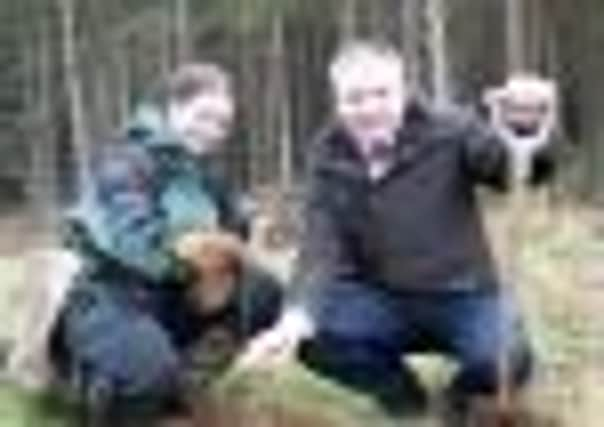Training cash boost offers prospects for young foresters


Announcing this yesterday during a visit to Laiken Forest, near Nairn, cabinet secretary for the environment Richard Lochhead said it was great to see investment for the future in traditional rural occupations such as forestry.
He added that forestry was reckoned to contribute £670 million to Scotland’s economy each year and it also provided “vital rural employment so it’s important that we equip people with the skills they need for this industry”.
Advertisement
Hide AdAdvertisement
Hide AdForestry Commission Scotland’s (FCS) skills programme is the first forestry apprenticeship scheme to get such funding and aims to establish a viable pathway for participants entering the forest industry. Specifically, the project will provide opportunities for 34 individuals over three years – 24 participants will be supported through the modern apprenticeship programme and ten students will receive industry-related training and work experience.
Ashley Woodhouse, FCS’s skills programme manager, described the funding as a real boost to the skills programme as it enabled the commission to build and run bespoke apprenticeship programmes within the Highlands & Islands.
“Our aim is to provide them with the skills sets required to address industry demand, and give them the confidence and all round tools, to help them on their forestry career path,” he said.
Yesterday’s announcement on training followed the publication of a major survey of Britain’s forests which showed the country had an estimated 336 million cubic metres of coniferous timber, much more than was previously estimated.
Of that total, publicly owned forests managed by the Forestry Commission contain just more than one-third while forests in private and other forms of ownership contain about 211 million cubic metres.
Scotland has by far the largest volume of standing coniferous timber, with 212 million cubic metres, followed by England with 87 million and Wales with 37 million.
Sitka spruce account for slightly more than half of all the coniferous timber, at 170 million cubic metres in Britain with the next greatest volume accounted for by Scots pine.
Commenting on the figures, Peter Weston of the Forestry Commission said that knowing what was on the ground was an essential part of planning across a range of interests, including industry development, biodiversity and climate change.
Advertisement
Hide AdAdvertisement
Hide AdA further report to be published later this year will explore the implications with reference to potential timber availability and carbon sequestration.
A preliminary estimate of the standing volume of broadleaved, or hardwood, timber in Britain has also been made with an estimated 234 million cubic metres.